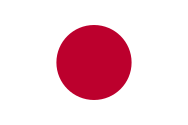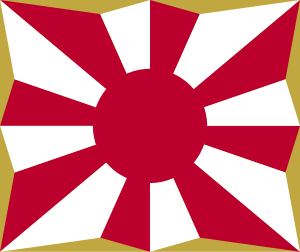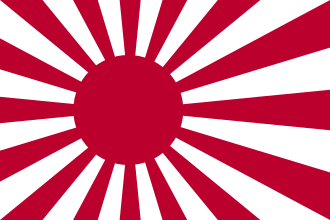Suvorov
Addict
- Jan 18, 2020
- 1,142

TRAINING OBJECTIVE: FIELD COMBAT MEDICAL TRAINING LEVEL I
CLASSIFIED

| 
| 
| |
JAPANESE GROUND SELF-DEFENSE FORCE | JAPANESE AMPHIBIOUS SELF-DEFENSE FORCE | JAPANESE AIR SELF-DEFENSE FORCE | JAPANESE MARITIME SELF-DEFENSE FORCE |
| JGSDF | JAMSDF | JASDF | JMSDF |
|---|---|---|---|
1st DIVISION 1st Field Medic Battalion 2nd Field Medic Battalion 3rd Light Field Medic Battalion 4th Field Medic Battalion 1050x Standard Infantry 2nd DIVISION 5th Field Medic Battalion 6th Field Medic Battalion 7th Light Field Medic Battalion 8th Field Medic Battalion 1050x Standard Infantry | 800x Marines | 500x Air Force Support Personnel | 2000x Sailors |
MISSION BRIEFING
The goal of this mission is to teach the skills necessary to provide basic combat medical support. Soldiers will be trained in the skills necessary to stabilize wounded people in the immediate aftermath of receiving an injury. They will be taught standard triage theory. Skills will be advanced CPR, First Aid, and other medical trainings necessary to make fast field diagnosis and to provide some remedial measures until soldiers can be treated further as necessary. All trainings will take place near the mobilization port of Chiba and will continue when the soldiers are transported at sea. Instructors will be divided between the branches so that training can continue uninterrupted while soldiers are at sea.
LOGISTICS
Combat medics would be provided adequate shelter, food, and supplies to continue with the training. Civilian medical and support personnel would be on hand to attend to any needs that the medics need while training.


